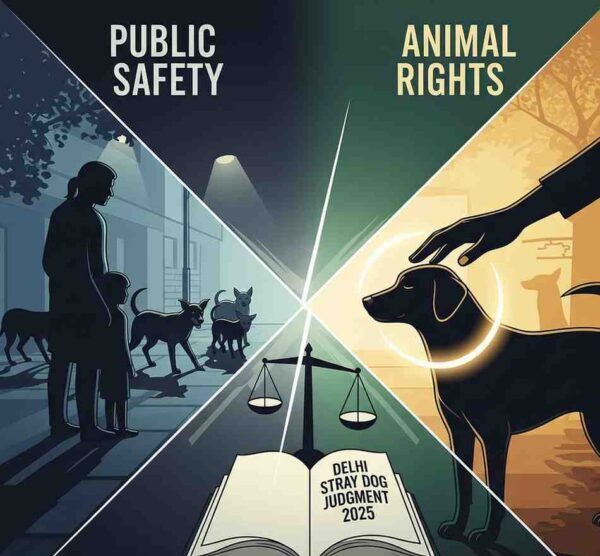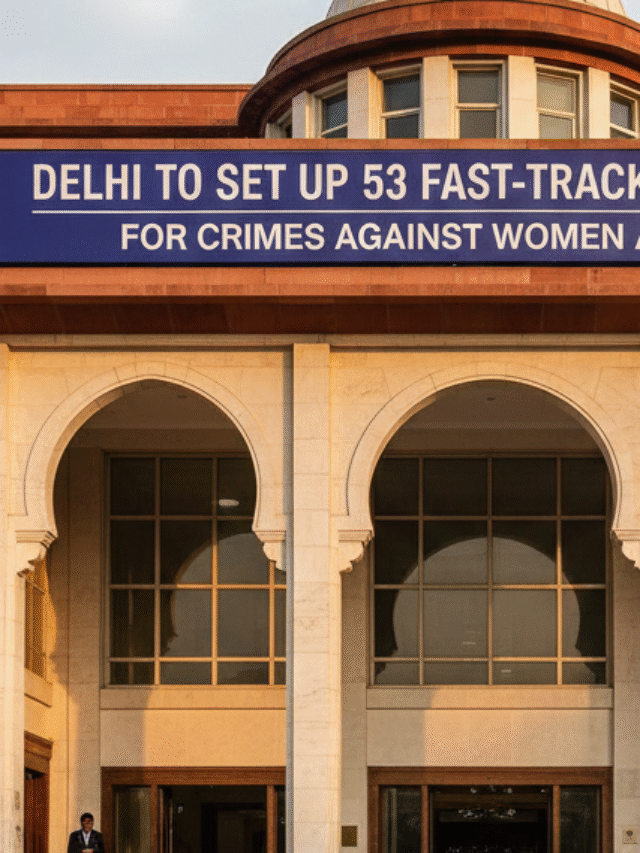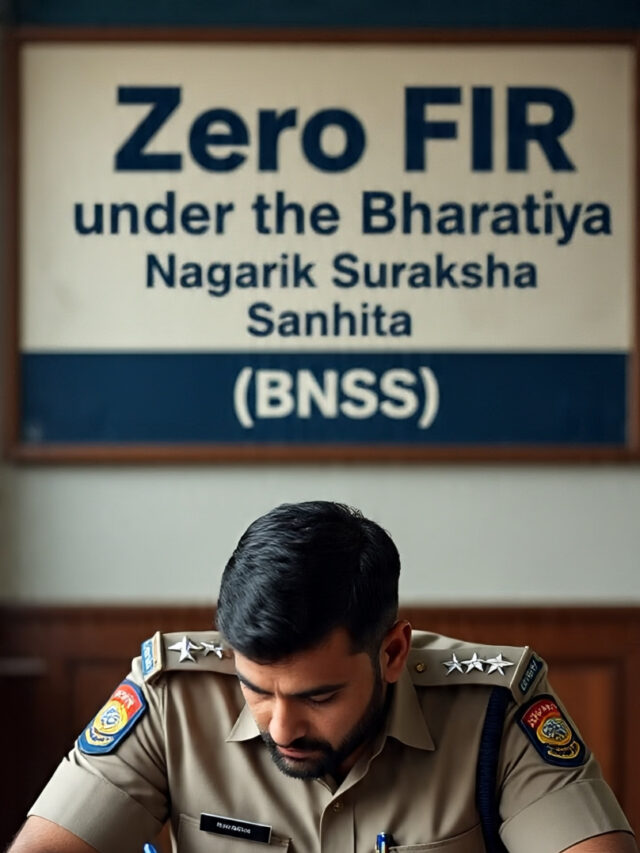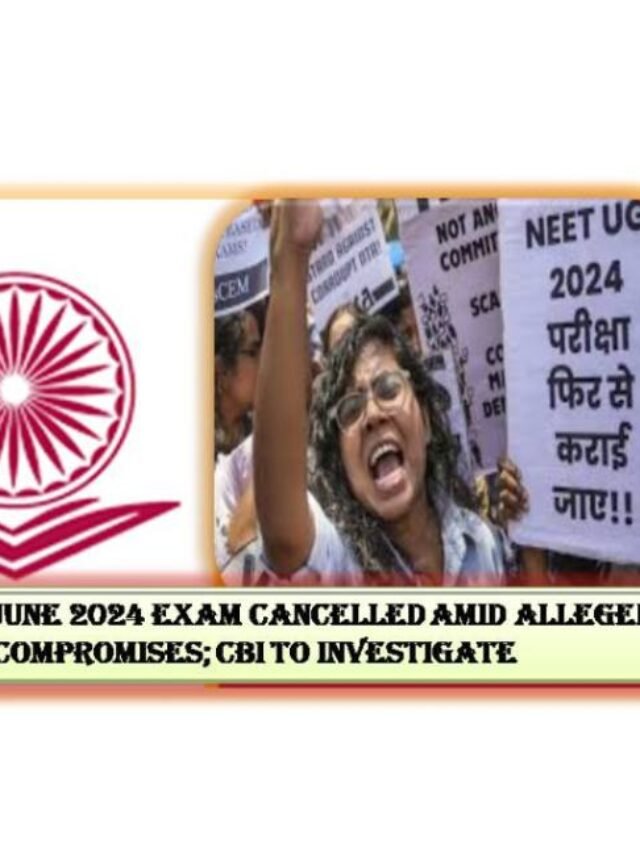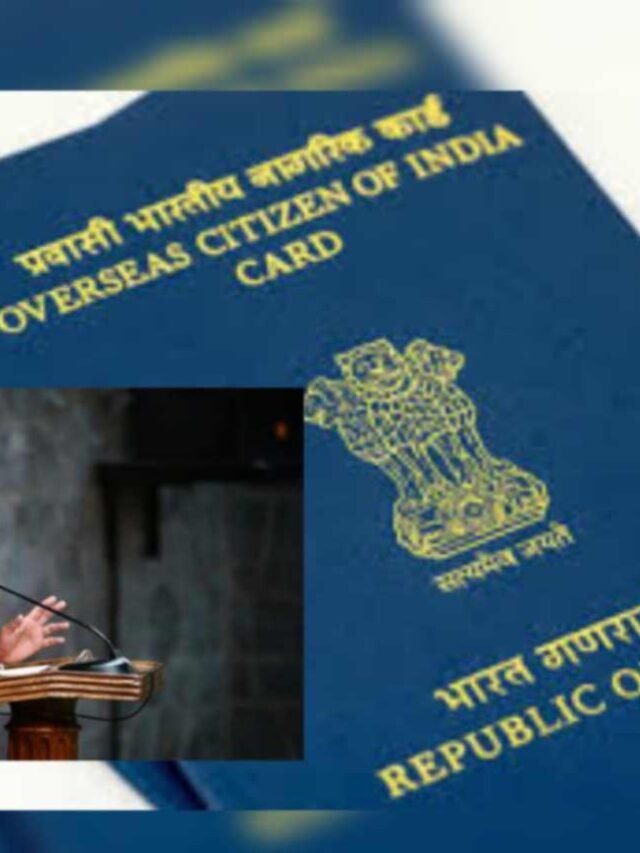The 2025 Delhi stray dog judgment by the Supreme Court has sparked a heated debate between public safety advocates and animal rights activists. Learn the facts, legal background, and how misinformation is fueling the controversy.
Introduction
In August 2025, the Supreme Court of India issued an order mandating the permanent removal of stray dogs from Delhi and the surrounding National Capital Region (NCR). This decision aimed to address the increasing incidents of dog attacks, public health concerns, and citizen complaints. However, the judgment quickly became the center of a nationwide controversy, sparking a fierce battle between public safety advocates and animal rights activists.
While the government and many residents welcomed the move as a necessary step for urban safety, animal welfare organizations, legal experts, and activists—including prominent politician Maneka Gandhi—condemned the order as “unworkable” and “legally flawed.” In the days that followed, social media became a battlefield of emotional appeals, misinformation, and even threats, making it difficult for the public to separate fact from fiction.
Background: Rising Concerns Over Stray Dog Attacks
In recent years, Delhi and NCR have seen a significant increase in reported dog bite incidents. According to municipal records, tens of thousands of bite incidents occur annually, with many involving children and the elderly. Public health experts have also warned about the risk of rabies transmission, a disease that remains almost 100% fatal if untreated.
Civic bodies have been under pressure to implement stricter control measures, but efforts such as sterilization, vaccination drives, and community adoption have had limited success due to budget constraints, slow implementation, and lack of public cooperation.
The Supreme Court’s August 2025 Order
The Supreme Court’s ruling mandated the permanent removal of stray dogs from the streets of Delhi and NCR to ensure public safety. The court suggested relocation to shelters and other facilities, but critics point out that Delhi lacks the infrastructure to house such a large number of strays humanely.
The case is now before a three-judge bench for reconsideration, highlighting that the issue remains unresolved.
Public Safety Perspective
Supporters of the judgment argue that:
- Human Lives Come First – With increasing bite cases and fatalities, they say it’s unethical to allow free-roaming strays to threaten public safety.
- Rabies Control – Removing strays is seen as a more immediate solution compared to long-term sterilization programs.
- Legal Mandate for Safety – Under municipal laws, authorities must ensure safe streets and protect citizens from dangerous animals.
Parents, elderly residents, and urban welfare associations have strongly supported the move, pointing to the constant fear and disruption caused by aggressive dog packs in some neighborhoods.
Animal Rights Perspective
Animal welfare groups, activists, and legal experts have pushed back strongly, citing:
- Violation of Animal Protection Laws – The Prevention of Cruelty to Animals Act and previous Supreme Court rulings have recognized the rights of animals to live in their natural habitats, including urban streets.
- Ethical Concerns – Many fear that “removal” could lead to mass culling under the guise of relocation.
- Ineffectiveness of Relocation – Experts argue that removing dogs simply creates a “vacuum effect,” where new dogs migrate into the area, restarting the cycle.
- Limited Infrastructure – The capital does not possess adequate shelter or veterinary capacity to care for stray dogs humanely and sustainably.
Role of Misinformation in the Debate
Social media has amplified tensions through half-truths, emotional videos, and fake reports.
- Viral Posts Claiming “Mass Killing” – While the court did not explicitly order culling, posts alleging immediate euthanasia of thousands of dogs sparked outrage.
- Edited Attack Videos – Some videos purportedly showing violent stray dog attacks were later found to be from other cities or were years old.
- False Legal Claims – Some animal rights posts incorrectly stated that the judgment violates international law; in reality, it hinges on domestic legal interpretations.
- Threats and Polarization – Alleged violent plans from extremist pro-dog groups to “rescue” strays from shelters have surfaced, further inflaming tensions.
This wave of misinformation has made it harder for policymakers and courts to engage in a balanced, fact-based discussion.
Maneka Gandhi’s Reaction
Maneka Gandhi, a long-time champion of animal rights, called the decision “unworkable and rubbish” in its current form. She argued that instead of removal, the focus should be on mass sterilization and vaccination, stricter penalties for animal cruelty, and public education to prevent both bites and abuse.
Her stance resonated with many urban animal lovers but also drew criticism from those accusing her of downplaying the public safety risks.
The Middle Ground: Possible Solutions
According to experts, the way forward is to strike a balance between ensuring public safety and treating animals humanely:
- Mass Sterilization & Vaccination – Intensify the Animal Birth Control (ABC) program with better funding and execution.
- Community Dog Management – Train and assign local feeders to monitor and care for neighborhood dogs, reducing aggression through consistent food supply.
- Public Awareness Campaigns – Educate residents on safe behavior around stray dogs to prevent attacks.
- Strengthen Shelter Infrastructure – Invest in more shelters and veterinary hospitals to manage relocation where necessary.
- Transparent Tracking – Maintain a public database of relocated dogs to ensure accountability and humane treatment.
Conclusion
The Delhi stray dog judgment has exposed deep divisions in Indian society over how to balance public safety with animal rights. Although the necessity of reducing attacks and rabies cases is widely acknowledged, the approach to achieving it remains highly contentious. The upcoming hearing before the three-judge bench will be crucial in determining whether India adopts a strict removal policy, a humane control strategy, or some combination of both.
What’s clear is that the debate is not just legal—it’s emotional, ethical, and deeply personal for millions of Indians. In an age where misinformation spreads faster than facts, a nuanced, informed public conversation is more important than ever.

